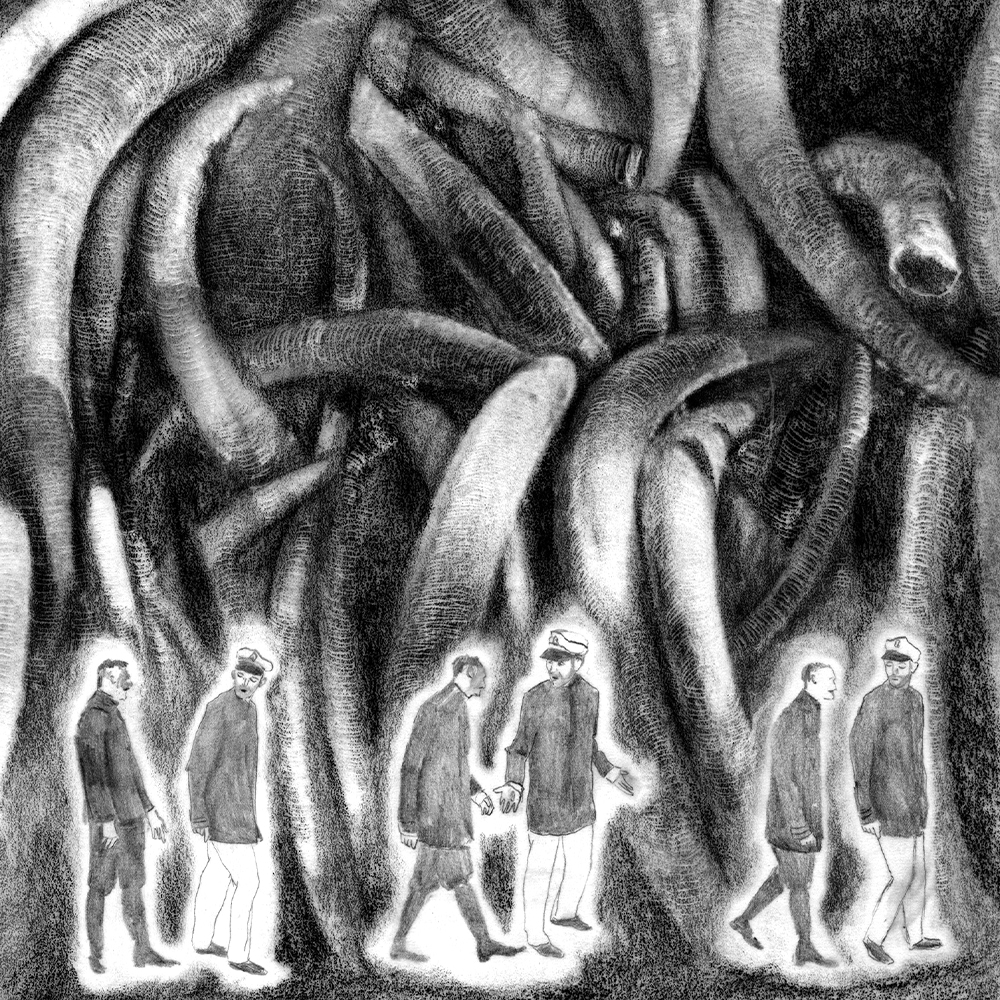Catherine Anyango Grünewald
Senior Lecturer in Illustration, Konstfack University of Arts, Crafts and Design (Stockholm)

Catherine Anyango Grünewald
WHAT ARE YOU LOOKING AT? The relationship between the illustrator and reference material
Abstract
The relationship of the illustrator to their reference material is often private. Illustrators accumulate and analyse hundreds of images in their practices to visually understand their subjects.
This paper proposes a discussion of a culture of greater visibility and responsibility when dealing with this material, in education and in personal practice. How can illustration education empower future illustrators to question the meanings and provenance of the source material that they use to create their work? Can reference material really be substituted for lived experience?
With a focus on the use of reference material that relates to the depiction of the black body, this paper will explore the ethical parameters and power structures inherent in the process, and push for discussion of how to be respectful when it comes to dealing with images that we use but do not own.
Broadly, research from my teaching and personal practices will be presented:
- a collaborative illustration project between students at Konstfack University and the Ethnographic Museum in Stockholm, in which they respond to archive material related to Sweden’s legacy of colonialism and slavery in the West Indies.
- a survey of my research investigating who is the dominant voice of norm criticality in contemporary illustration, bringing particular attention to whether those who exist outside the norm, while being included in depictions of diversity, also have the opportunity to participate in norm critical platforms.
- examples of my own use of colonial photography and propaganda, police photography and news archives in graphic novel adaptations of Heart of Darkness (2010) and Dead Man Walking (2021) alongside drawn works relating to the ongoing spectre of police brutality and the state of black subjecthood around the world.
The paper also acknowledges the joy in illustrative practice of the transformation of source material into new, original work that communicates conceptually, and the importance of tracing and documenting that process for education purposes, empowering the illustrator to use visual language as a critical method.
Bio
Catherine Anyango Grünewald (born 1982, Swedish/Kenyan) is an internationally exhibited artist and lecturer. In 2010 her graphic novel adaptation of Joseph Conrad’s Heart of Darkness was published to critical acclaim and has been translated into eight languages. In 2018 she illustrated Scandorama, a dystopian Scandinavian graphic novel written by Hannele Mikaela Taivassalo, and her own upcoming graphic novel 2x2 explores the physical effects of guilt and corruption. She is also currently working on a graphic novel adaptation of Sister Helen Prejean's Dead Man Walking which will be published by Random House in 2021.
Catherine's drawing work uses the materiality of drawing tools to explore meaning, exploiting the physical properties of pencil and eraser to render events with realism, but to also explore unseen dimensions. Her drawings tackle the historical and contemporary systemic oppression of characters who have been marginalised and underrepresented. The process and labour invested in the work is a direct homage to the subjects, victims of violent domestic or institutional crimes.
In 2019 she was awarded the Navigator Art on Paper Prize, the largest award for work on paper in the world.
Catherine taught at the Royal College of Art in London for ten years and is now a Senior Lecturer in Illustration at Konstfack University of Arts, Crafts and Design in Stockholm